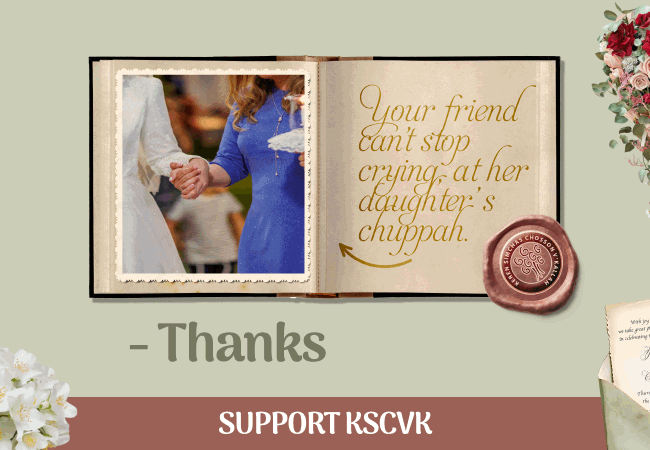
Crown Heights History: Why Is This House Different Than All Other Houses?
This series on The History of Crown Heights has been compiled by Instagram account @historyofcrownheights, run by a born and raised Crown Heightser, and shows some of the ongoing research taking place.
Why is this house different than all other houses?
1481 Carroll Street is a house that remains unassuming, yet it caught my attention during my walks, leading me to delve into its history.
The property was originally acquired by a real estate entrepreneur named Ellen Moran, who had dealings with other lots. In 1904, it was sold to Hugh McGarvey, who resided there until his passing in 1935.
Mr. McGarvey, born in 1855 in County Donegal, Ireland, came to America as a young man. He found employment with the John M. Killcourse Building Corporation and witnessed the vibrant development of the Crown Heights section.
During his early years, Mr. Garvey worked as a laborer with the Killcourse concern, earning a reputation in the neighborhood for his impressive feats of strength. Notably, he was part of the team that dug the foundation of St. Matthew’s R. C. Church, located at Utica Avenue and Eastern Parkway.
As I explored further, I discovered that his house sits amidst the remnants of the Buckhouse Farm, and while there may have been other houses constructed before the development took over, 1481 Carroll Street is the sole survivor, standing as a testament to his enduring character.
It seems that Ellen and John Moran acquired the 184 feet of the farm named Backhoause through trustee William Curtis and sold off 20×100 lots. Whether McGarvey was the sole builder or the only resident remains uncertain, but this brief glimpse into the house’s backstory sheds some light on its origins.















